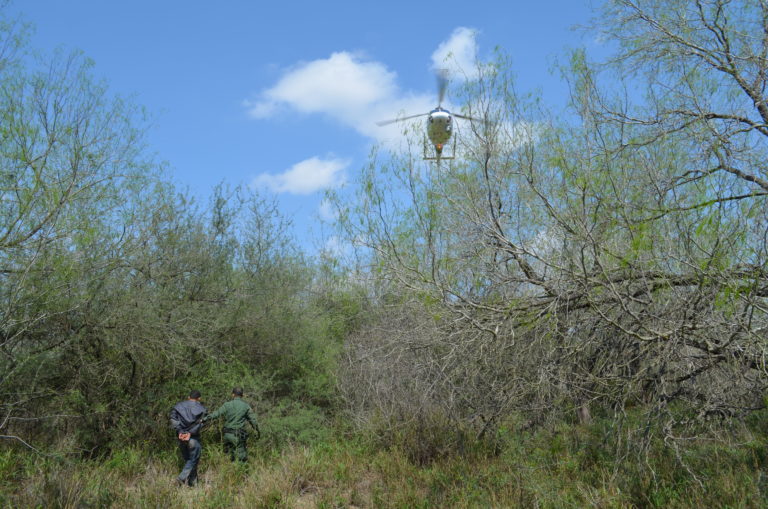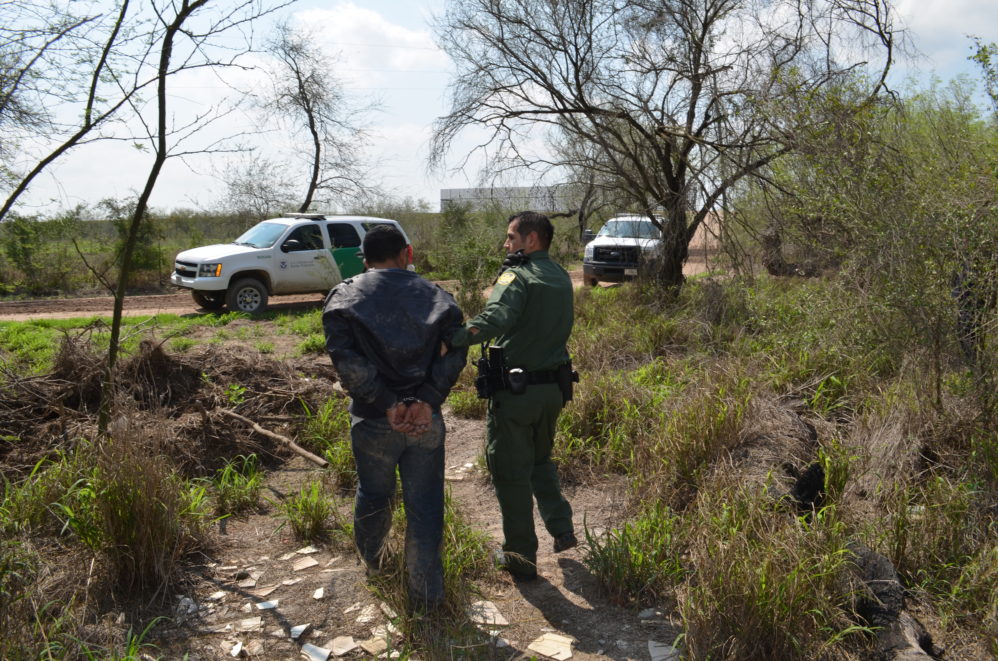Every day in the Rio Grande Valley, hundreds of migrants maneuver a border crawling with patrols and unscrupulous smugglers. And still they keep coming.
What does it mean to secure the border? We hear the phrase every time Congress debates immigration reform, usually from immigration hawks who insist that before we extend any leniency to illegal immigrants, even a limited amnesty for those brought to the United States as children, we must first secure the border. President Trump has taken it a step further with his dogged insistence on an actual border wall, which has become synonymous with border security in the broader immigration debate.
Regardless of Trump, Republicans and Democrats approach the border question from opposite poles. The incessant calls from the Right for border security imply that our southern border is not secure, and that if we would only hire more Border Patrol agents and build more walls, we could secure the border once and for all. Democrats tend to recoil at the mention of a wall and insist, despite all politically realties, on a standalone legislative fix for the Dreamers, no changes to chain migration, and a path to citizenship for illegal immigrants now living in the United States.
 |
None of this, Right or Left, has much to do with the reality of the U.S.-Mexico border. The fact is, the border is far more secure today than it was ten or fifteen years ago. But it’s also true that the border will never be free from drug smuggling and illegal crossings so long as Americans want drugs and foreigners want to come here. Lost, too, in Washington’s desultory immigration debate is the stubborn fact that the countries to our south are in various stages of societal collapse, which makes the incentives to cross the border, even at great personal risk, all but irresistible.
These realities are almost never debated, much less acknowledged, in our nation’s capital. Even referring to “the border,” as if it’s a single place, is inaccurate. In Texas, where the vast majority of illegal migrants are apprehended today, there are at least three border regions, each with its own distinct history and geography and culture. In the state’s far western corner there’s El Paso, a fast-growing city that together with Juarez in Mexico and Las Cruces in New Mexico forms an international, bilingual metro region of more than 2.5 million people. Further east there’s the vast and thinly populated Trans-Pecos, marked by Big Bend National Park, which is so remote and rugged that it acts as a natural border wall.Read the rest from John Daniel Davidson HERE at The Federalist.
If you like what you see, please "Like" us on Facebook either here or here. Please follow us on Twitter here.


No comments:
Post a Comment